Before carrying out the self-renewal of the flat it is worth to know that:
1. Proper ground preparation is an important step in painting.
Starting the paint process we often overlook initial step aimed to prepare wall for paint application. We assume optimistically that under the surface of the new paint layer, all imperfections will disappear. That is why, this ground preparation is crucial for final effect.
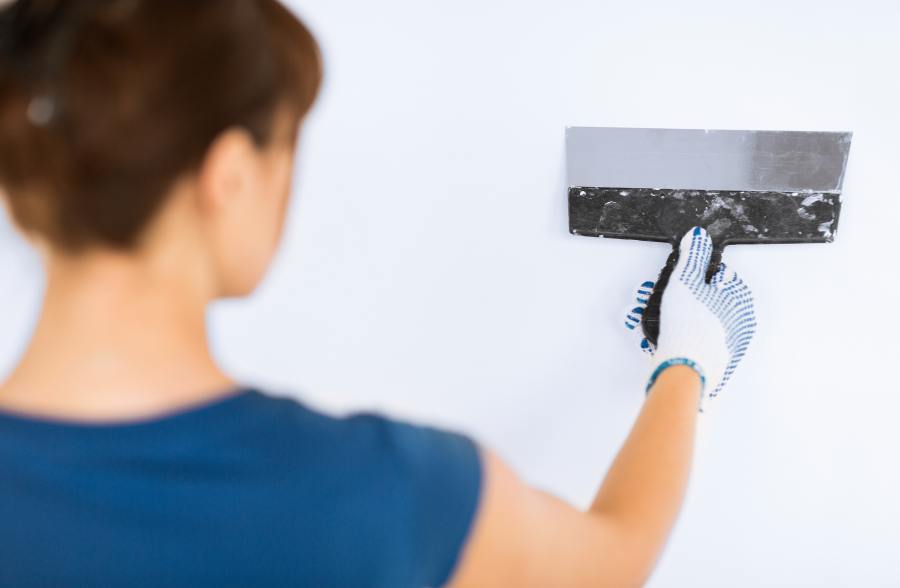 | 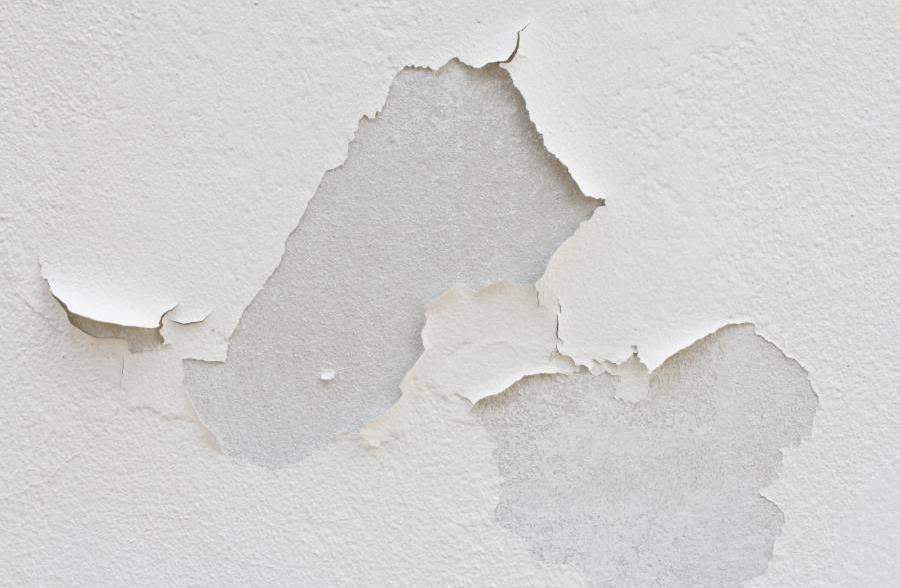 |
Is is an extremely important moment, in which you must carefully assess the surface and plan work needed to avoid an unnecessary costs. It is at the very beginning that we dust, degrease and carefully inspect a wall. We fix cracks and damage, we remove peeling coats of old layers , loose plaster elements, molds and fungi and then we prime.
2. Inappropriate selection of paint and tools makes it difficult to perform work.
Wrong painting materials can cause a number of problems during painting.
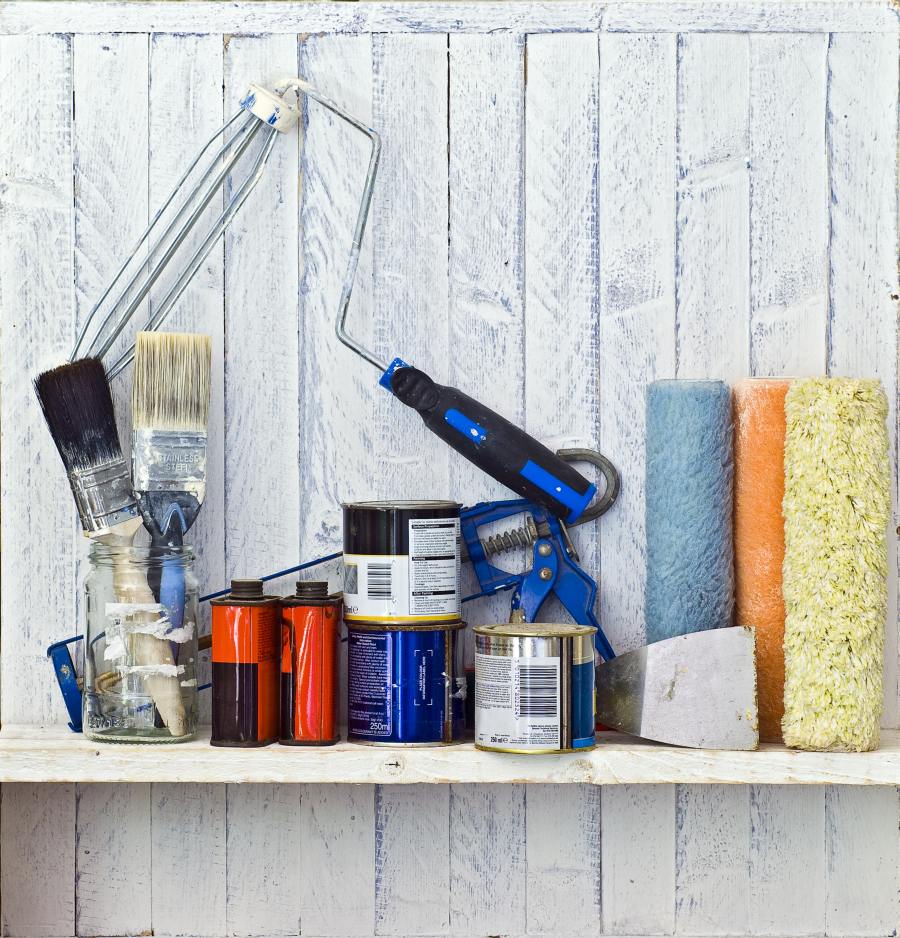
- -Poor quality brushes can leave bristles on the wall. Remove single hairs stuck to the wall is a arduous and irritating action. It is better to choose brushes of good quality so that painting goes smoothly and without any problems.
- -The roller whose facture is not adequately tailored to the type of paint hinders its uniform application on the surface of the wall . Before you buy the roller it is best to refer to the label on the can, to choose the best tools suggested by the paint manufacturer. In addition, on the roller itself you will find find descriptions concerning to what kind of paint the product is intended.
- -Too strong masking tape, torn from the ground may strip off together with paint, and even plaster, while too weak may come off. The more compact and smooth the ground is, the weaker tape should be. We tear off the tape when the paint is still wet.
- -Poor quality paint or mixed with too much water have poor coating properties. After drying it may turn out that the following layers are needed to effectively cover the surface of the wall.
3.Wrong way of application leads to disaster.
-One of the most common errors committed during paint application is covering wet or damp areas. Well-prepared wall for painting should be dry. Paint applied in damp areas loses its adhesion and can be the cause of blisters.
-Uneven painting is an obvious error leading to the creation on the area of the walls stains, plumes and visible roller tracks. Paint should be applied from the top to the bottom or with the use of so-called letter "v" technique. It is also advisable to apply the principle of "wet edge", that is to say, coating subsequent parts of the wall while the paint is still wet. Stop painting only after the entire surface of wall or ceiling is covered with a new paint layer.
-In the process of painting it is not recommended to push the roller to the wall too firmly . Dense paints then leave tracks of their edges on the surface or when diluted they flow or spray.
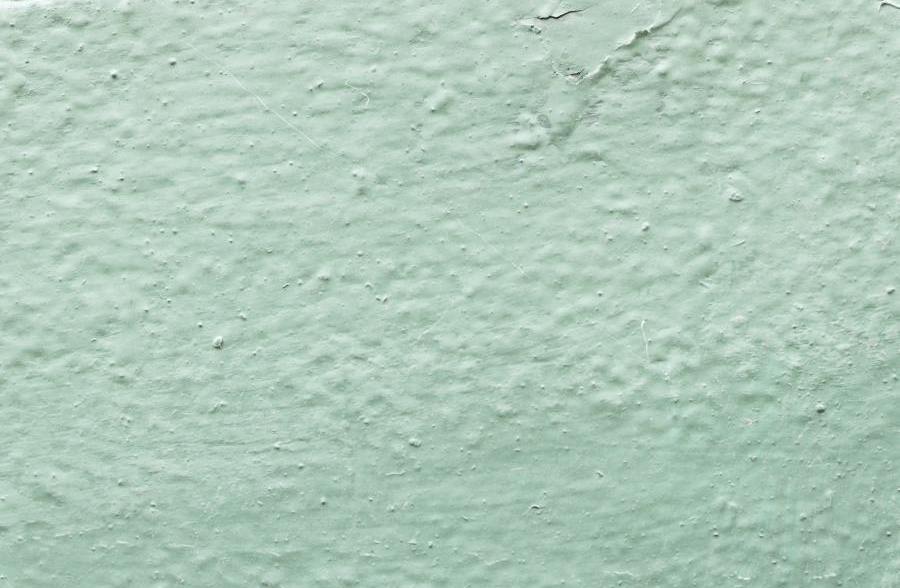
4. Conditions under which paint may destroy end result.
Before you start painting work it is a good idea to refer to the manufacturer's instructions for conditions that should be in the room during application. Important factors are temperature and humidity.
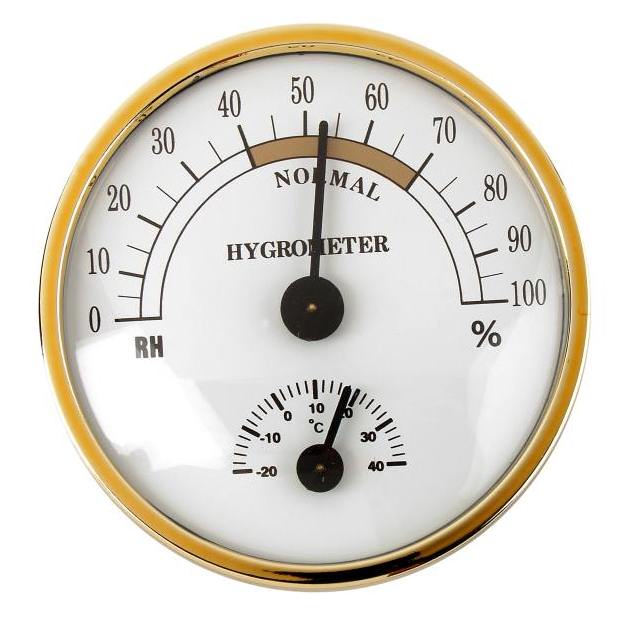 | 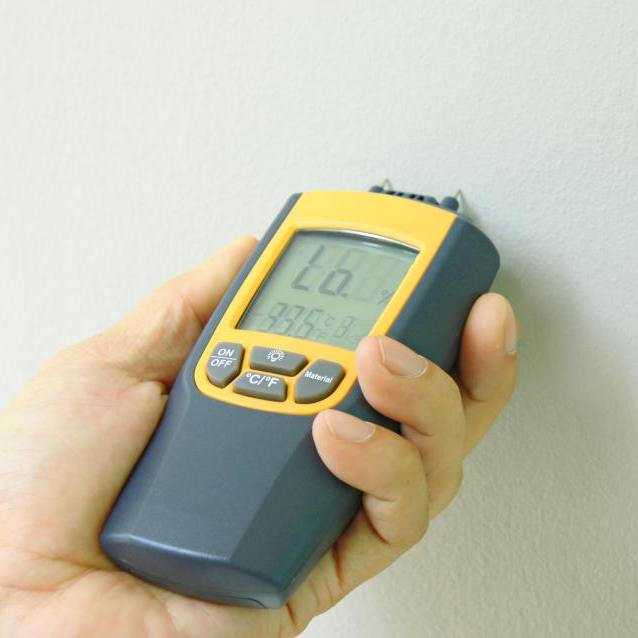 |
When painting optimum temperature is about 18-25 degrees Celsius. Too dry air will cause very rapid paint drying, and this will make it more difficult to smoothly combine the "stripes" of the paint and any amendments performed to slightly dried paint will appear as streaks or coating defects.
Painting walls is not difficult. Bearing in mind these few dangers we can feel free to start renovation.


